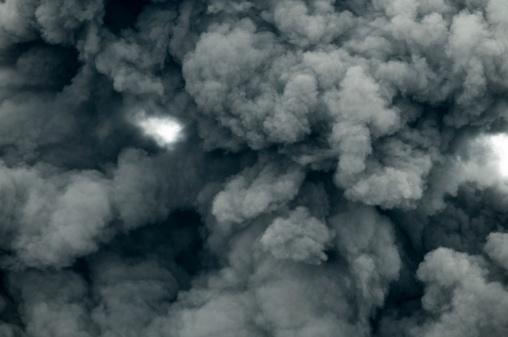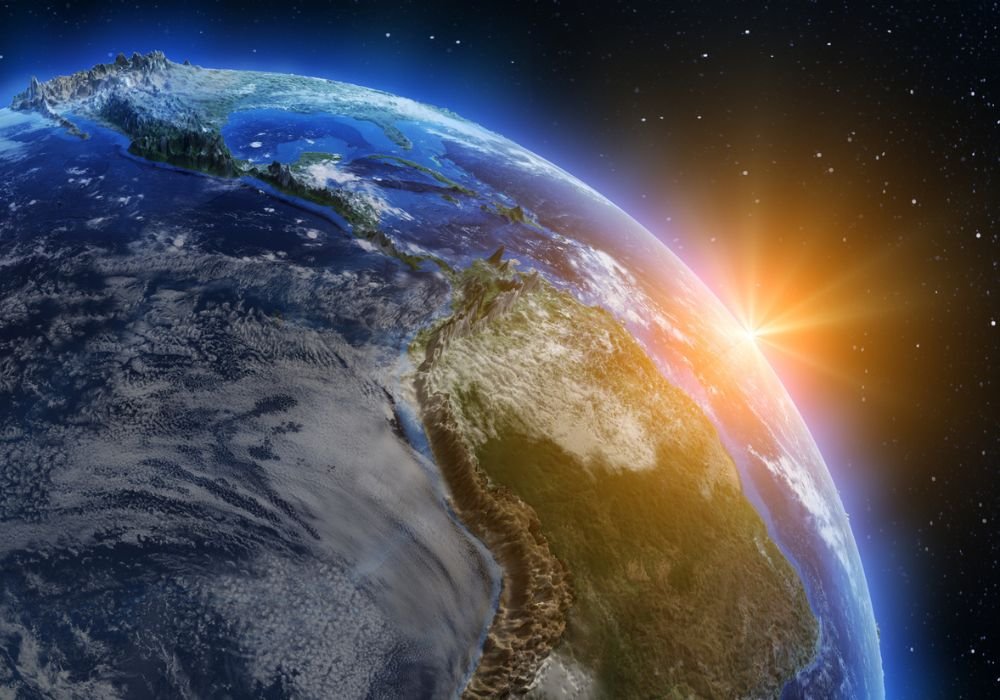Although many geologists understand that geological events occur randomly throughout the life of the Earth, some researchers argue that this is not the case and that these catastrophes, including mass extinctions of marine and land life, are, using statistical evidence, follow a kind of slow, steady “pulse” that occurs approximately every 27 million years.
Two authors who published this theory in a November 2021 study, Michael Rampíno and Ken Caldeira, both of the Carnegie Institution for Science, have returned to this accusation in a new study recently published in the journal Earth-Science Reviews, finding that climate change has been changing the world’s state over the past 260 million years. “it results from major volcanic eruptions and subsequent environmental crises.”
The new study was based on the potential correlation and cyclicity of geological events since the end of the Paleozoic era. The results showed that these explosions Shown in traces of large lava flows known as “continental flood basalts (FCBs)” It released incredible amounts of carbon dioxide into the atmosphere, causing global warming and the greenhouse effect that nearly killed life on Earth.
Searching for traces of Earth’s pulse in the Solar System
The new approach taken by Rampino and his colleagues shifts the perspective from geological events that occur inside the planet every 26 to 33 million years to astronomical cycles in the Solar System and Milky Way. After all, these external events follow the same cycle and “We came together many times in Earth’s past to herald major changes in our climate.”highlights the first author in a statement.
To prove their hypothesis, the scientists focused on FCBs, traces of the largest volcanic lava eruptions on Earth, covering an area of almost half a million square kilometers.
Anoxic events were also taken into account, Periods in which Earth’s oceans are starved of oxygen, creating toxic waters, in addition to sudden increases in global temperatures known as hyperthermic climate pulses. Both resulted in mass extinctions of marine and land life.
Links between geological cycles and astrophysical events on Earth

Eruptions reflected in FCBs often coincided with these other deadly geological events. The connection with astronomy can be proven as follows: Coincidence between regular periods of basaltic volcanism and extreme weather and the known cycles of Earth’s orbit in our Solar System and galaxysays the research.
“This is an unexpected connection and predicts a convergence between astronomy and geology; events occurring on Earth do so in the context of our astronomical environment,” explains Rampino.
However, the authors emphasize that their conclusions have nothing to do with the impacts on climate change in the 20th and 21st centuries, which scientists have already shown are caused by human activities.
Stay up to date with the latest studies on the evolution of our planet at TecMundo. If you wish, enjoy learning the clues about the formation of the Earth billions of years ago, detected by the James Webb Space Telescope.
Source: Tec Mundo
I’m Blaine Morgan, an experienced journalist and writer with over 8 years of experience in the tech industry. My expertise lies in writing about technology news and trends, covering everything from cutting-edge gadgets to emerging software developments. I’ve written for several leading publications including Gadget Onus where I am an author.













